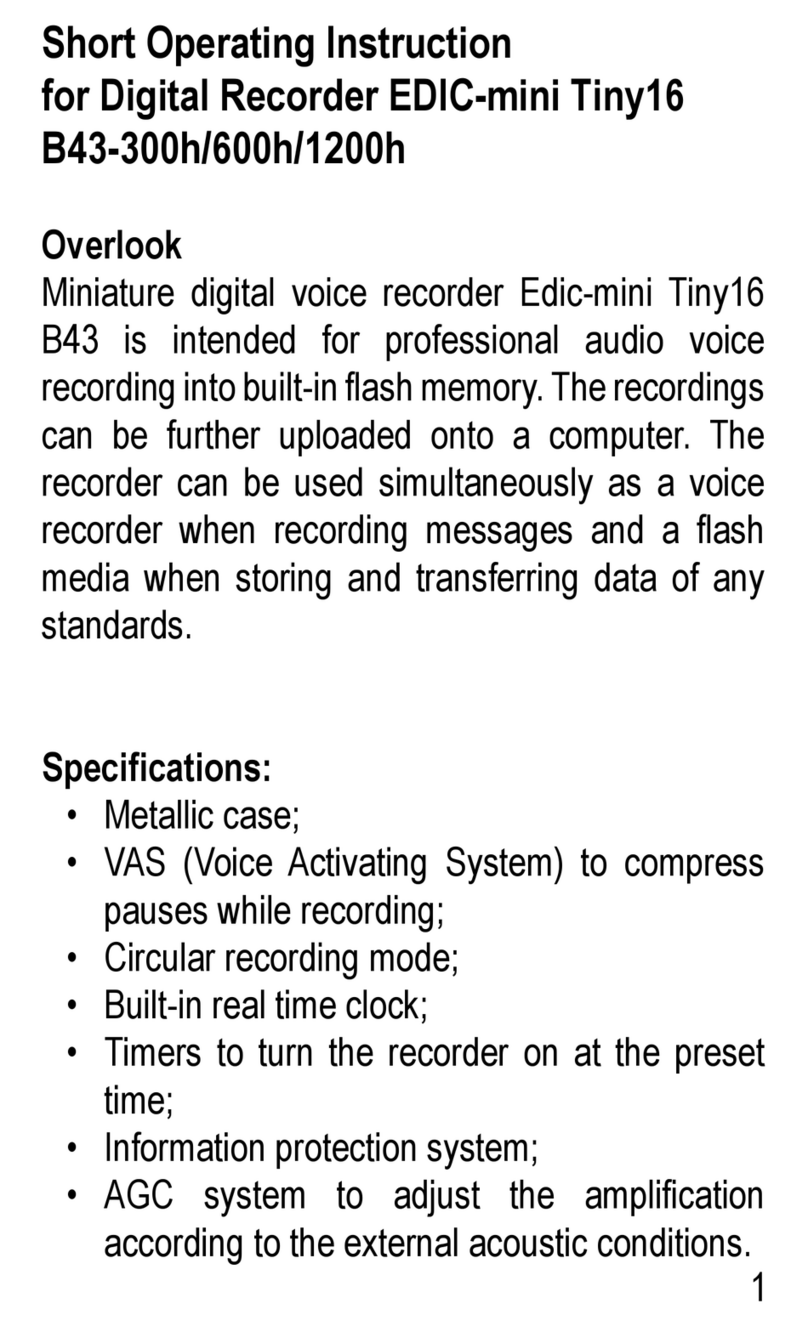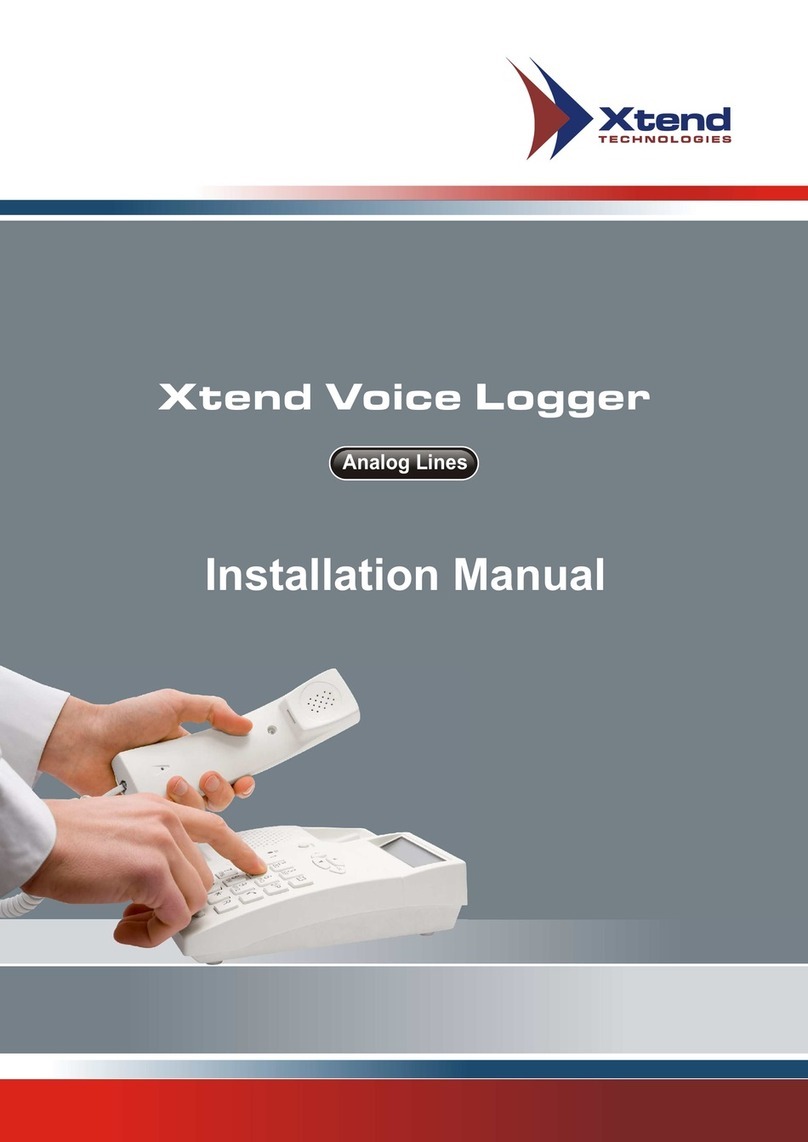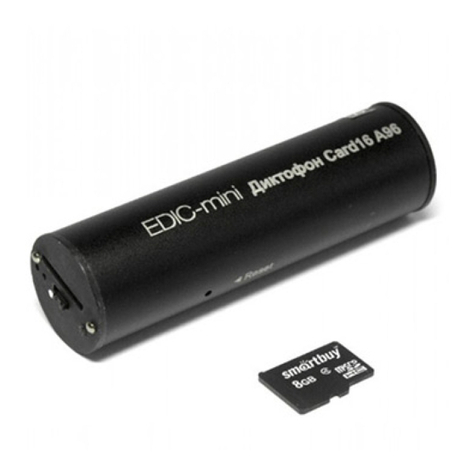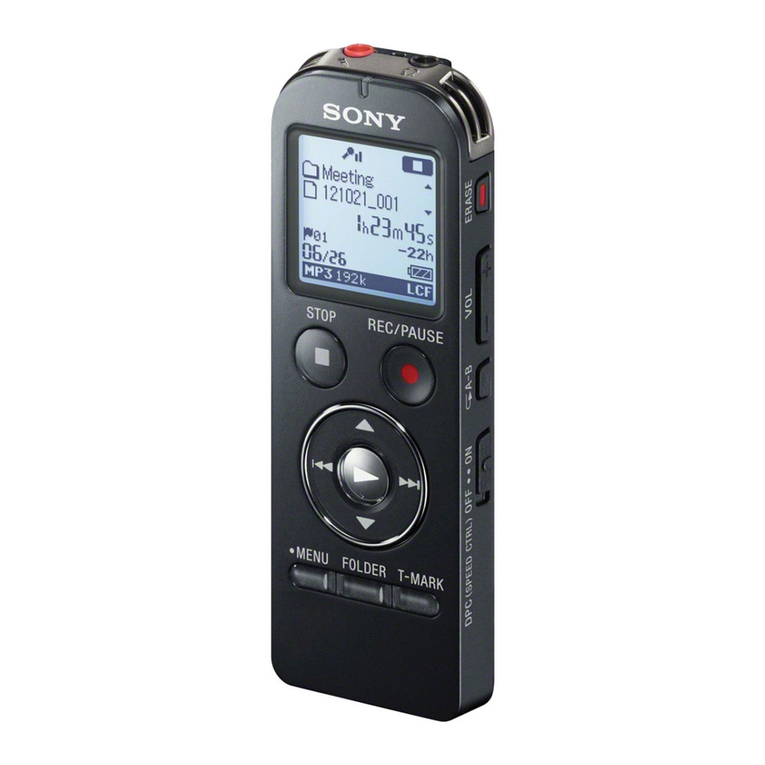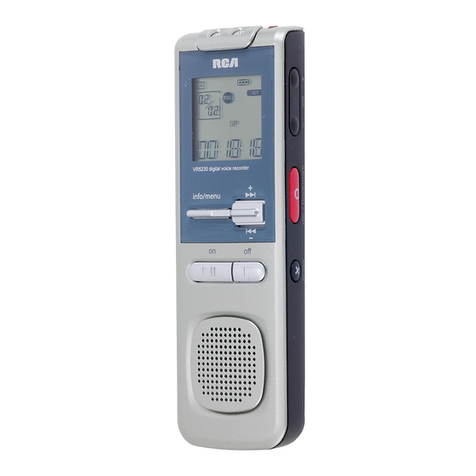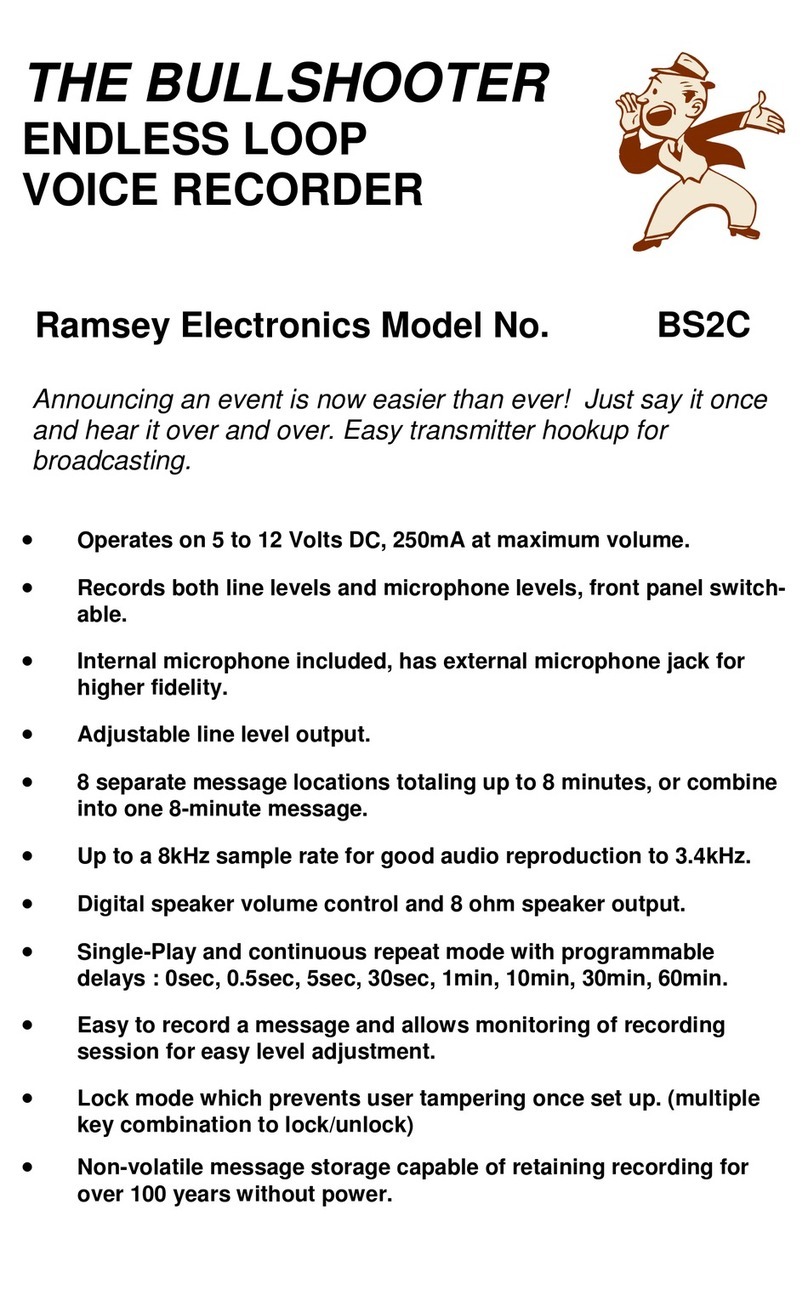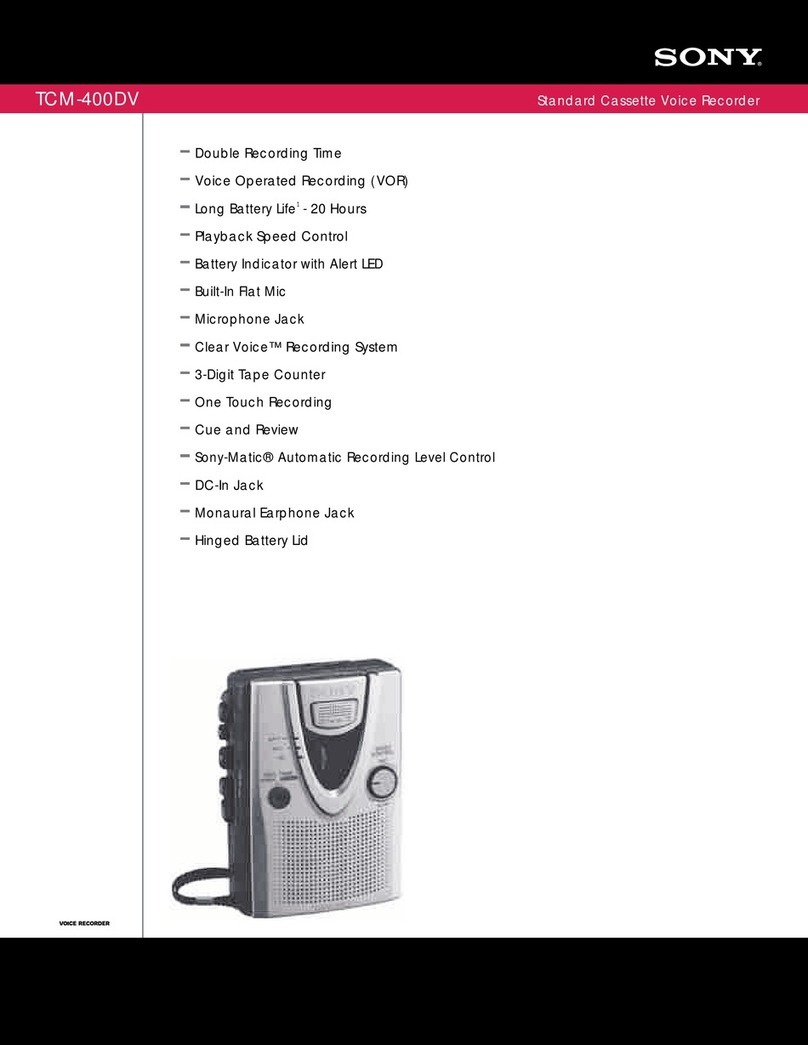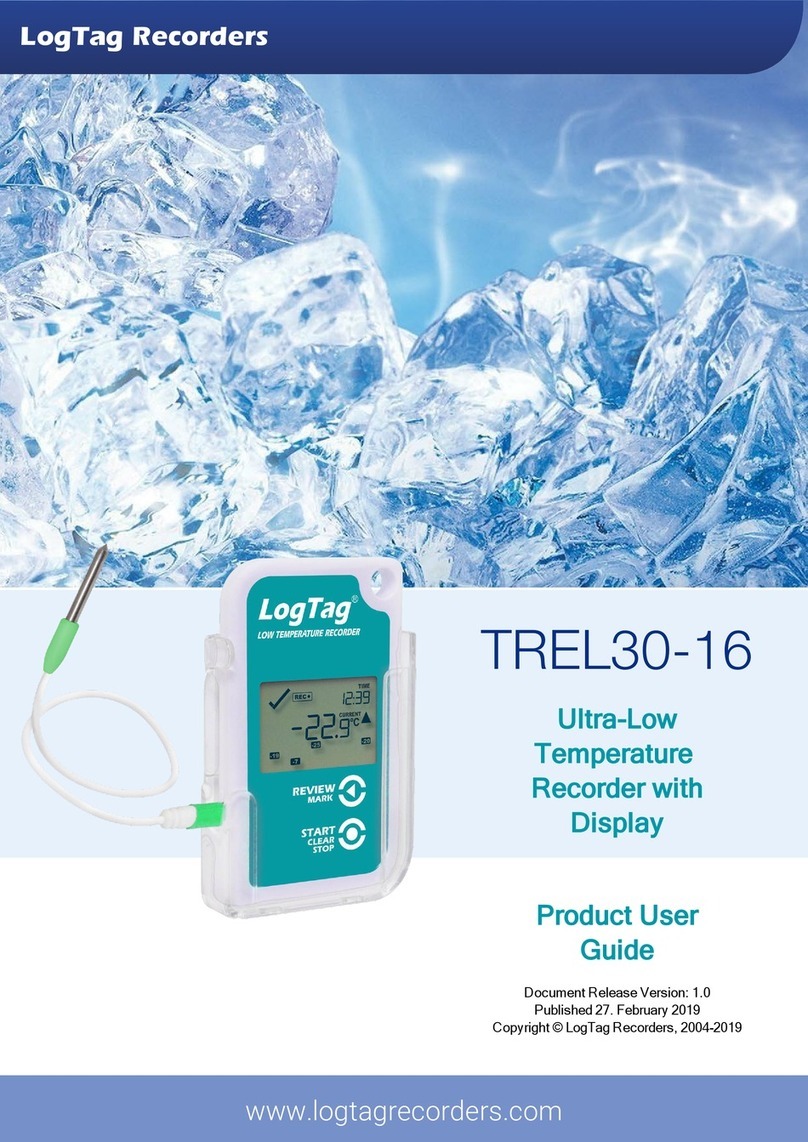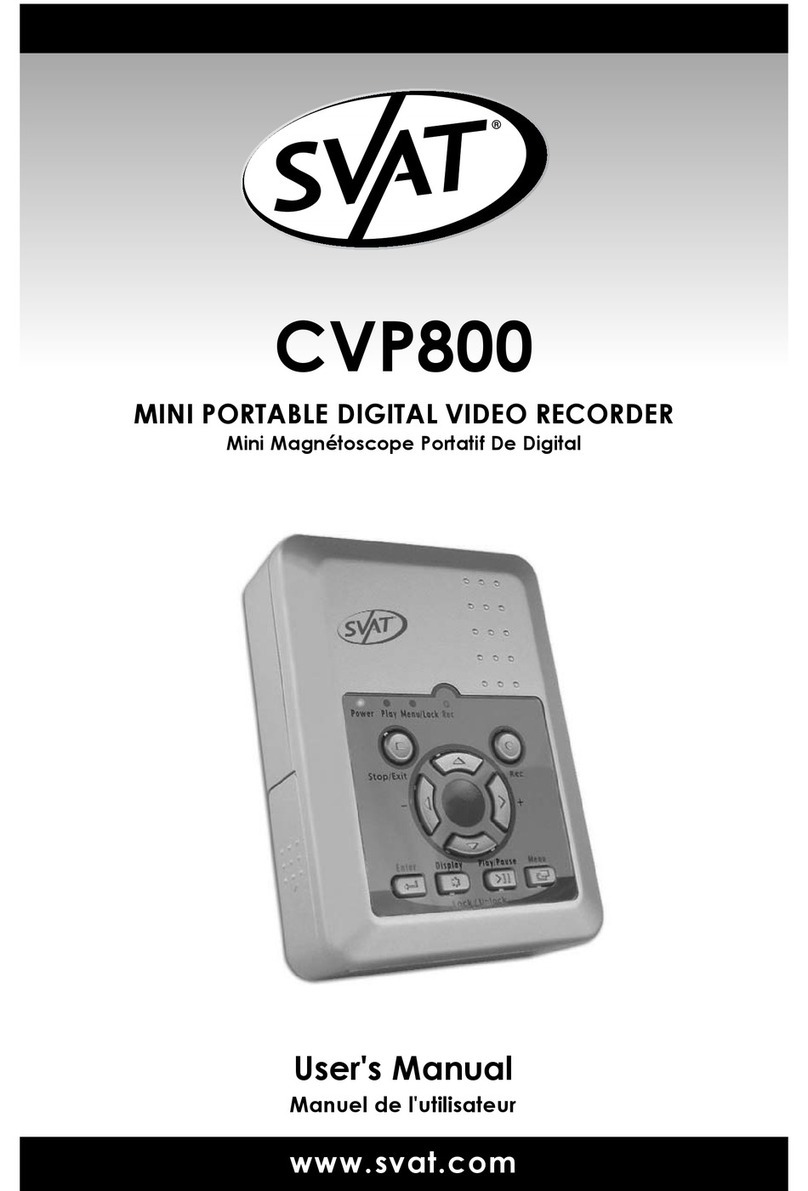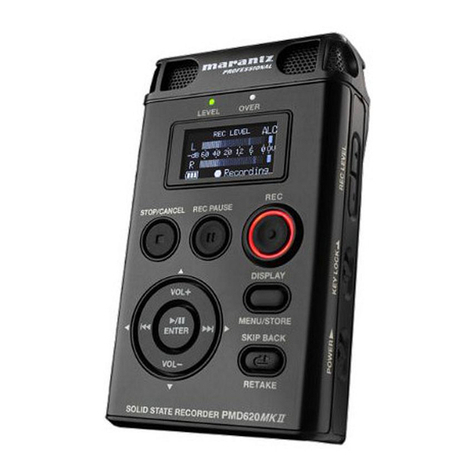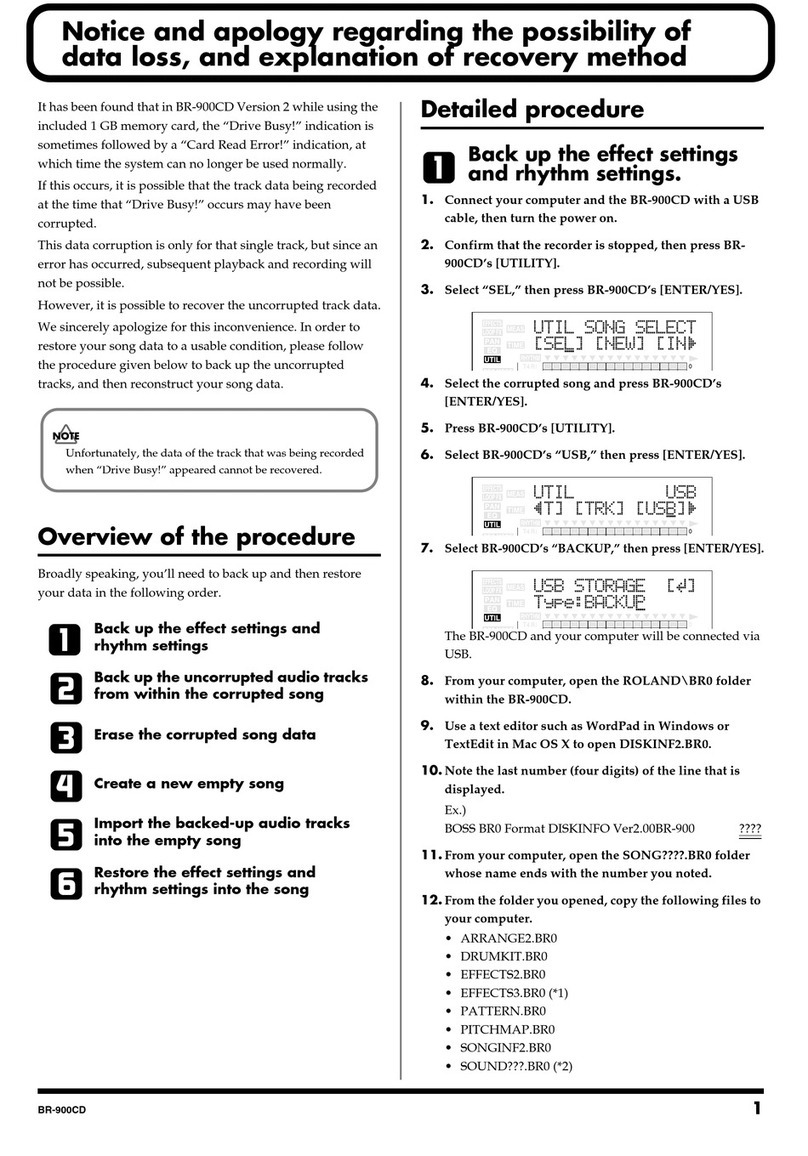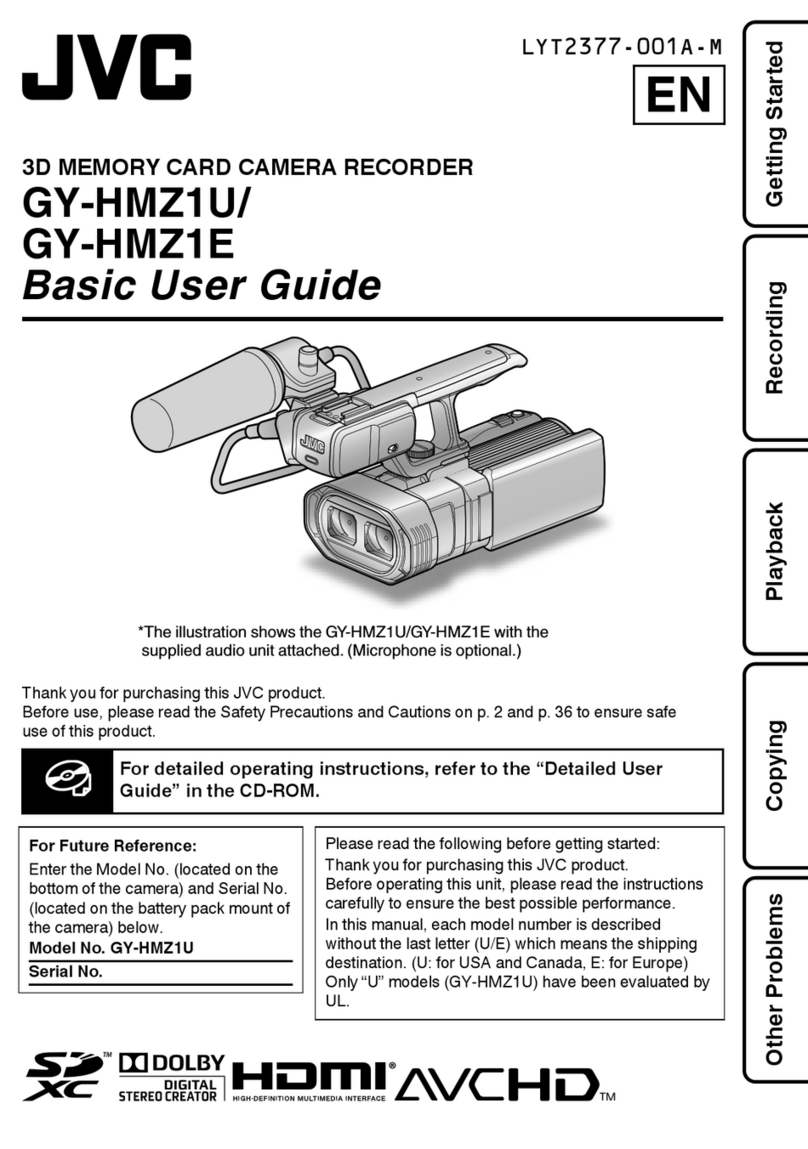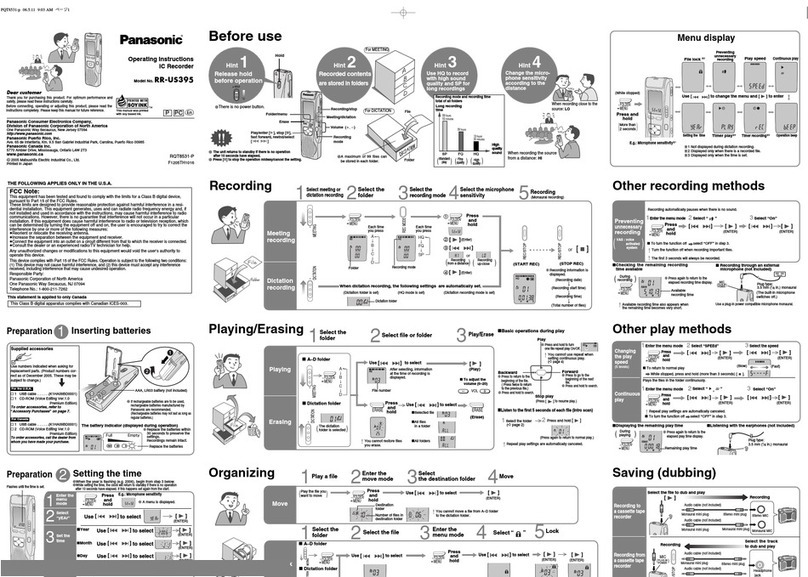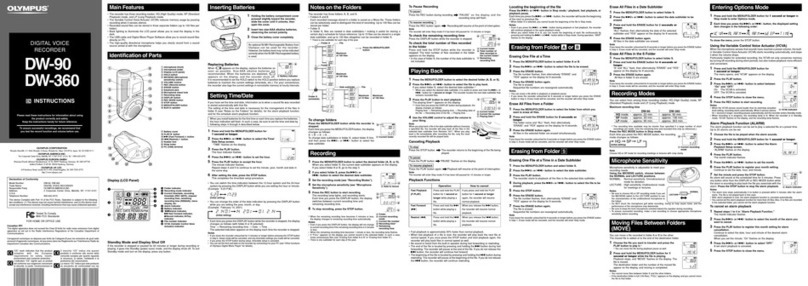
4
ISA A-4 –AUTOMATIC RESET –NON LOCK IN.......................................................................................... 21
ISA A-4-5-6 –STATUS ........................................................................................................................... 22
ISA M–MANUAL RESET –LOCK IN......................................................................................................... 23
ISA R–RINGBACK................................................................................................................................. 24
ISA F1A-1 –AUTOMATIC RESET FIRST UP.............................................................................................. 25
ISA F2M-1 –MANUAL RESET FIRST UP.................................................................................................. 26
ISA F3A –AUTOMATIC RESET FIRST UP................................................................................................. 28
SECTION 7 – P925TS-X INTERFACE CARD............................................................30
INTERFACE CARD FEATURES................................................................................................................... 30
DIAGNOSTIC LED’S................................................................................................................................ 30
SERIAL PORTS........................................................................................................................................ 30
GENERATING REPORTS........................................................................................................................... 31
BUFFERS................................................................................................................................................ 31
SORT DELAY PERIOD.............................................................................................................................. 31
SYSTEM RELAY OUTPUTS ....................................................................................................................... 32
AUDIBLE ALARM RELAYS......................................................................................................................... 32
GROUP RELAYS...................................................................................................................................... 32
GROUP RELAYS WITH REFLASH............................................................................................................... 32
DIAGNOSTIC RELAY OUTPUTS................................................................................................................. 32
WATCHDOG RELAY................................................................................................................................. 32
TIME SYNCHRONISATION......................................................................................................................... 33
TIME SYNCHRONISATION JUMPER SETTING.............................................................................................. 33
INTERFACE CARD RELAY OUTPUTS. ........................................................................................................ 34
SYSTEM RELAY SETTINGS:- .................................................................................................................... 35
SETTING RELAY CONTACT STATES.......................................................................................................... 35
HORN RELAY:- RL1................................................................................................................................ 36
HORN RELAY:- RL2................................................................................................................................ 36
GROUP RELAYS RL3 &RL4:- ................................................................................................................. 37
RELAYS RL5 -RL8:-............................................................................................................................... 38
REFLASH COMMON ALARM RELAYS......................................................................................................... 38
POWER FAILURE MONITORING:- PF......................................................................................................... 39
PRINTER FAILURE ALARM........................................................................................................................ 40
TIME SYNC.FAILURE .............................................................................................................................. 40
BUFFER OVERLOAD ALARM..................................................................................................................... 40
WATCHDOG RELAY:- WD........................................................................................................................ 40
SECTION 7A – P925TS-X1/2 DUAL REDUNDANT INTERFACE CARD..................41
DUAL INTERFACE CARD FEATURES.......................................................................................................... 41
DIAGNOSTIC LED’S................................................................................................................................ 41
DUAL REDUNDANT SYSTEM..................................................................................................................... 41
DOMINANT X1 AND SUBMISSIVE X2......................................................................................................... 41
DOMINANT X1 CONTROL FUNCTION......................................................................................................... 42
SUBMISSIVE X2 CONTROL FUNCTION ...................................................................................................... 42
SWITCHOVER PROTOCOL........................................................................................................................ 42
SWITCHOVER SCENARIO’S...................................................................................................................... 42
TABLE BELOW LISTS EVENT TYPE’S SPECIFIC TO A DUAL REDUNDANT 9000TS SYSTEM................................ 44
DUAL REDUNDANT SPECIFIC EVENT TYPE’S............................................................................................. 44
SECTION 8 – INPUTS AND OUTPUTS......................................................................46
OPTICALLY COUPLED INPUTS .................................................................................................................. 46
DIGITAL INPUTS ...................................................................................................................................... 46
LOCK IN................................................................................................................................................. 46
LAMP/LED OUTPUTS.............................................................................................................................. 46
REPEAT RELAY OPTION .......................................................................................................................... 46
DUAL HORN RELAY................................................................................................................................. 46
GROUP RELAYS...................................................................................................................................... 47
